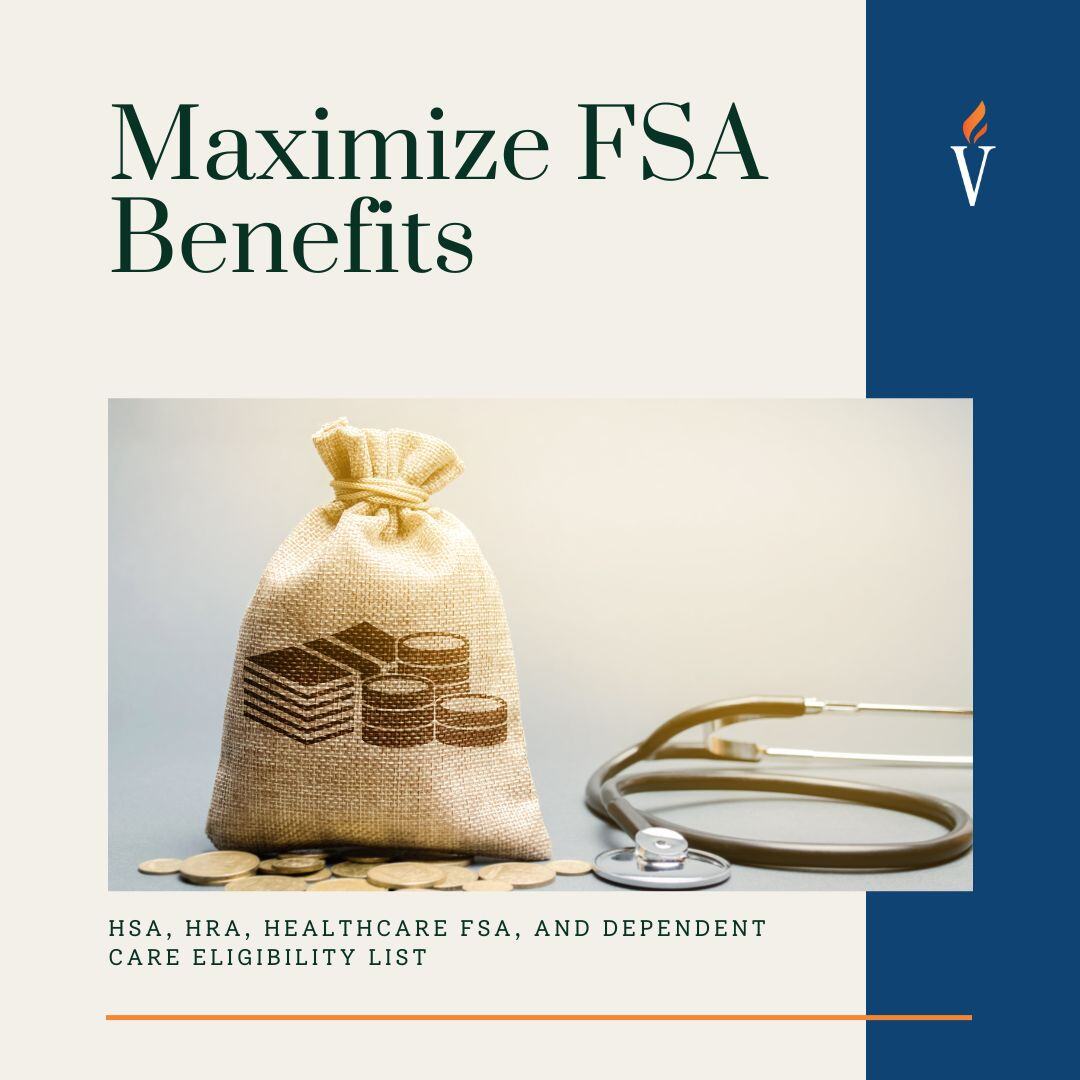4 min read
What to Expect from Your Roofing Insurance Agent and Agency
What to Expect from Your Roofing Insurance Agent and Agency June 26, 2024 at 10:45 AM Roofing contractors often view their business insurance as a...
What feeling do you get when you learn that your insurance company wants to do a loss control visit with your roofing company? Hopefully, a loss control visit would be met with high expectations of a collaborative relationship between your organization and the insurance company, however, we’ve found that most roofing contractors are skeptical and even worried about what will happen during the visit. These feelings of skepticism and worry are completely normal and why I wanted to write this article. If you have any concerns about the loss control visit, don't hesitate to reach out to your insurance agent for more information and guidance.
First, let’s talk about what a loss control visit really is and why the insurance company would want to perform one. Simply put, a loss control visit is a meeting between a roofing company and the insurance company to learn more about the roofing company and assess potential risks. The ultimate goal of a loss control visit is to help the roofing company control losses, which is the most effective way to contain insurance costs and maximize profits. The majority of the time this is an in-person meeting that happens at the office or shop of the roofing company and might continue in the field at one or two job sites. Loss control visits could also be done over the phone in certain circumstances. By working together with underwriters to control losses, both the roofing company and the insurance company can save time and money.
There are a few different reasons for the visit, but the underlying theme is to help the roofing company reduce the risk of injuries and accidents within their company. They also can be utilized by the insurance company to help in pricing of the insurance policy and where to guide the roofing contractor for improvement. Sometimes the visit is set up before the insurance company even issues a quote for coverage or after you’ve had a large accident or claim. In order to maximize the benefits of the visit, it is important to have self-inspection checklists and other training and resources available to identify and correct hazards and prevent accidents.
Unfortunately, most people have heard a story or experienced a loss control visit that wasn’t productive or collaborative which has led to the common skepticism and worry about these visits. Too often, these visits can be pencil-whipping check box visits where the loss control rep is just checking items off a list without offering much help or guidance. However, with special considerations for workplace injuries, such as utilizing loss control consultants, these visits can be more effective in identifying potential hazards and finding solutions to prevent injuries in the workplace, including evaluating the company's hiring, selection, and training practices. Additionally, loss control visits can also provide valuable driver training and resources to help improve safety on the roads.
One key to remember is you are already paying for loss control services with the premium that you pay for the insurance coverage. Whether it is your General Liability, Property, Auto, or Work Compensation company that is doing the visit with you, their loss control services are already built into the price that you’re paying. This is especially important for commercial general liability policies, as loss control measures, such as fire safety guidelines, can greatly benefit both the policyholder and the insurer.
Like most of the advice we give to roofing companies, the more prepared you are for a loss control visit the more successful the visit will be and the further ahead your company will be for it. With practice and attention to the bigger picture of loss prevention and risk reduction, loss control visits can become an integral part of your company’s success. As a business owner, it is important to have liability insurance coverage, such as sexual misconduct or employment practices liability, to protect your company during a loss control visit. When preparing for your visit, be sure to have information ready about your company's operations, including the number of employees, hiring and training practices, and employee responsibilities. This will help the consultant better understand your company's risk factors and provide tailored recommendations for improvement.
4 min read
What to Expect from Your Roofing Insurance Agent and Agency June 26, 2024 at 10:45 AM Roofing contractors often view their business insurance as a...

Wondering What You Can Use Your Money On? HSA, HRA, Healthcare FSA, and Dependent Care Eligibility List